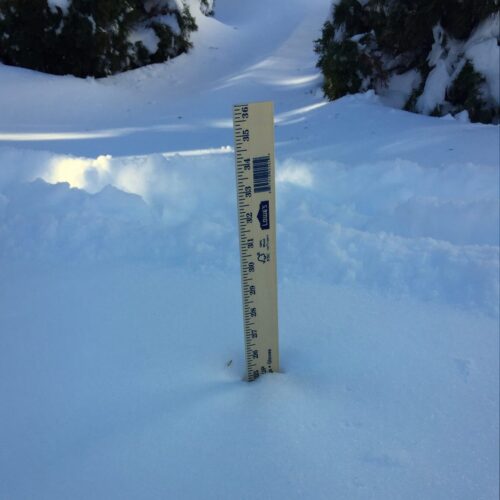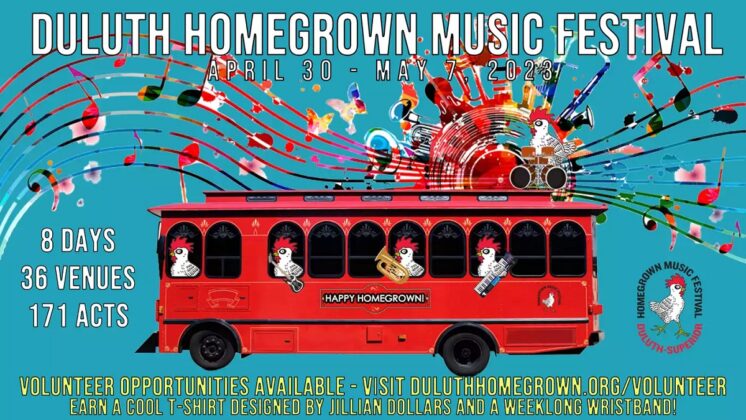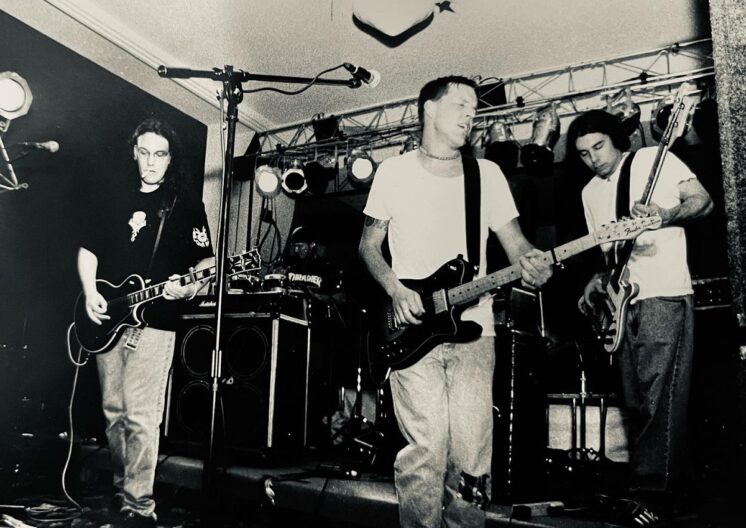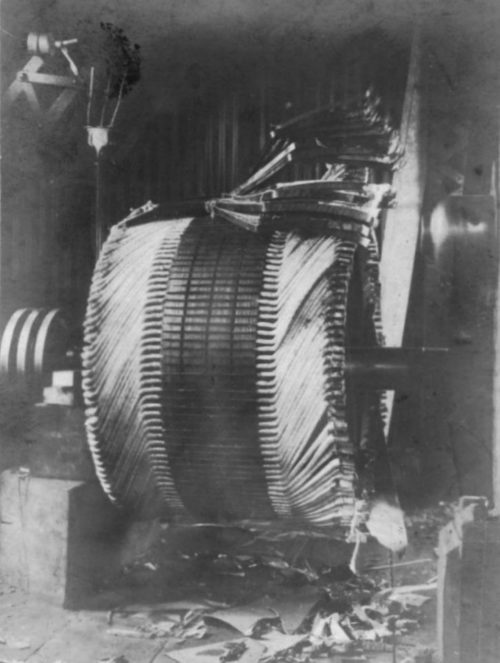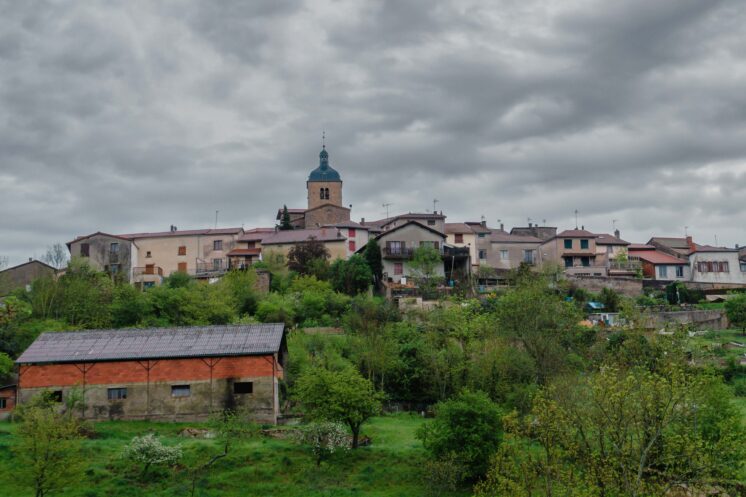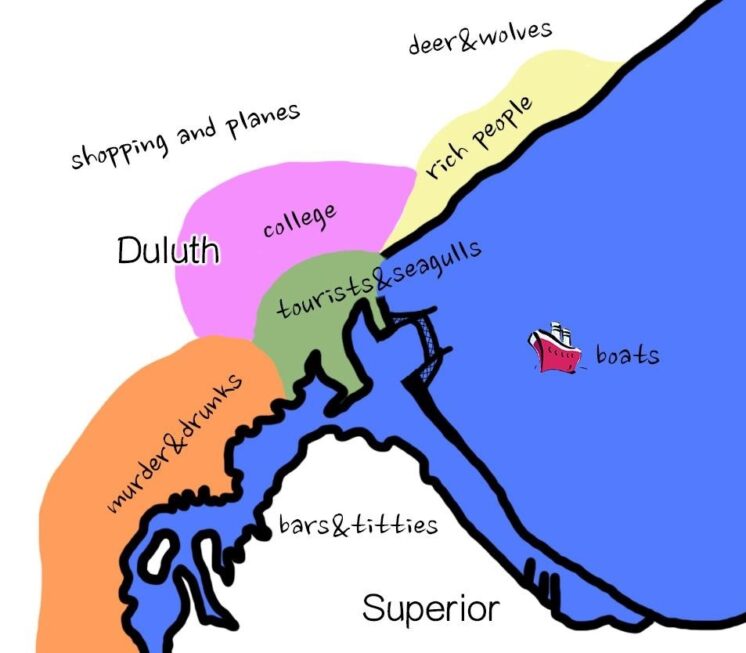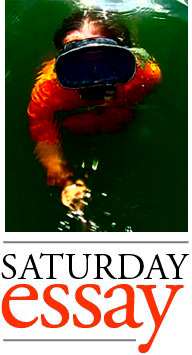
Stylistically it is appropriate to link Gertrude Stein’s experimental 1914 book Tender Buttons: Objects, Food, Rooms to Dadaism, because the book makes no sense. It pre-dates Dada’s 1916 anarchic language-destroying sound poetry, so we can’t say the Dadaists invented nonsense. Perhaps we can say the Dadaists invented “sheer nonsense.” Stein hadn’t taken it quite that far. But Tender Buttons began her mission to explore the strange new worlds of the sense/nonsense boundary.
Else Lasker-Schüler explored that same boundary in 1913, in her language-subverting experiments that also influenced Dadaism. The Dadaists paid homage to, and expanded, Lasker-Schüler’s work: her “nonsense sound poetry in Berlin cabarets, poems that would be used a few years later by the Zurich dadaists in the Cabaret Voltaire” (Baroness Elsa by Irene Gammel, pp. 146-147). Lasker-Schüler was the only woman in the inner circle of German Expressionist poetry, a Stein-esque figure in her own right who cross-dressed and ruled the Berlin nightlife. And one of her innovations was the performance of poetry that didn’t make sense.
For that reason, both she and Stein represent a proto-Dadaist spirit, even though technically Lasker-Schüler was an Expressionist and Stein was a Modernist. All the cool kids were doing it. Stein’s writing of Tender Buttons was contemporary with Lasker-Schüler’s nonsense performances, which Stein very well may have been aware of, her hyper-senses tuned to the avant-garde. Like the birth of calculus, many artists were developing similar approaches around the same time. Nonsense was in the air.


